Tibet – Balancing Tradition & Change
Tibet – The Roof of the World
After a few weeks in Nepal, the next stop of our Himalayas tour was Tibet. From Kathmandu, we took a short but memorable flight to Lhasa, the regional capital.
Though it was only a bit over an hour, we still had to climb to 37,000 ft. to get over the mountains, and passed almost directly over Mt. Everest along the way.
Lhasa is one of the highest cities in the world. At over 12,000 ft., the air was thin and dry and you could feel the difference as soon as you stepped off the plane. Just climbing a few steps was enough to make you feel winded. Fortunately, our hotel room came with an oxygen machine. Portable oxygen bottles were also a popular item being sold on street corners.
Modern Tibet
We know a number of people who have visited Tibet, some over 25 years ago and others more recently. From their experiences, we had some idea of what to expect. Still, I was totally unprepared for what I saw once we left the airport for the drive into Lhasa.
Coming from the chaos of Kathmandu, the differences were especially striking. Lhasa today is a city of gleaming, new high rise buildings, wide boulevards filled with large, modern cars, and spotless streets and sidewalks. It is also a place where you always felt the government’s presence, with cameras and security forces everywhere. Where it was once almost entirely populated by Tibetans, an active migration and relocation campaign by China has reduced the local ethnic population to just 40% of the city’s total.
Tibet and Buddhism
It is almost impossible to talk about Tibet without also talking about Buddhism. Since taking hold around the 7th century, Buddhism has had a powerful influence on the people and culture of Tibet. Today, it remains an important part of peoples’ everyday lives.
The main attractions for visitors to Lhasa, The Potala Palace, Jokhang Temple, and the Drepung and Sera Monasteries, are all important Buddhist sites. The city is also filled with pilgrims, who come from all over Tibet, other parts of China, and other countries, to visit these and other holy sites. Around these and other places, the crowds doing their circumambulations, prostrations, and other rituals, were a constant reminder of Buddhism’s role in Tibet.
Potala Palace
Rising on a promontory in the center of town, the Potala Palace is an impressive structure. Its thirteen stories of buildings contain over 1,000 rooms, 10,000 shrines and about 200,000 statues. The palace served as the administrative and religious headquarters of Tibet and has been the home of every Dalai Lama since the fifth Dalai Lama began construction in 1645.
Today, it’s a popular (and crowded) tourist attraction, though strict crowd control measures mean you’ll be whisked through the site in a hurry. Like every Buddhist site we visited, photography inside the buildings is strictly forbidden, so we can only show the outside.
Jokhang Temple
The beautiful Jokhang Temple is known for its statue of young Buddha and is a popular site for pilgrims. We saw hundreds of them surrounding the building, performing their mantra recitals, prostrations, and other steps on their path towards enlightenment.
Drepung and Sera Monasteries
These ancient monasteries on the edges of the city were once two of the largest Buddhist monasteries in the world. Prior to the Chinese takeover of Tibet and the subsequent Cultural Revolution, they housed up to 15,000 and 10,000 monks, respectively. Though they are still active monasteries, today there are only around 500 and 300 resident monks. Like the Jokhang Temple, they are also popular pilgrimage sites.
Worth a Visit?
Tibet in general, and Lhasa in particular, has seen tremendous changes in the last few decades. But while Lhasa today is a big, modern city, it is also almost entirely devoid of its traditional ethnic heritage and culture. China’s rigid visa processes and heavy-handed security measures, along with extremely limited international direct flights, makes just getting there challenging for foreign visitors.
On the other hand, Tibet has become a very popular destination for domestic visitors and the tourist industry there is now clearly oriented towards serving that segment. One activity that is very popular with domestic visitors is dressing up in “native” costumes and then walking around and having your picture taken by a professional photographer. We saw many of these photo shoots everywhere we went.

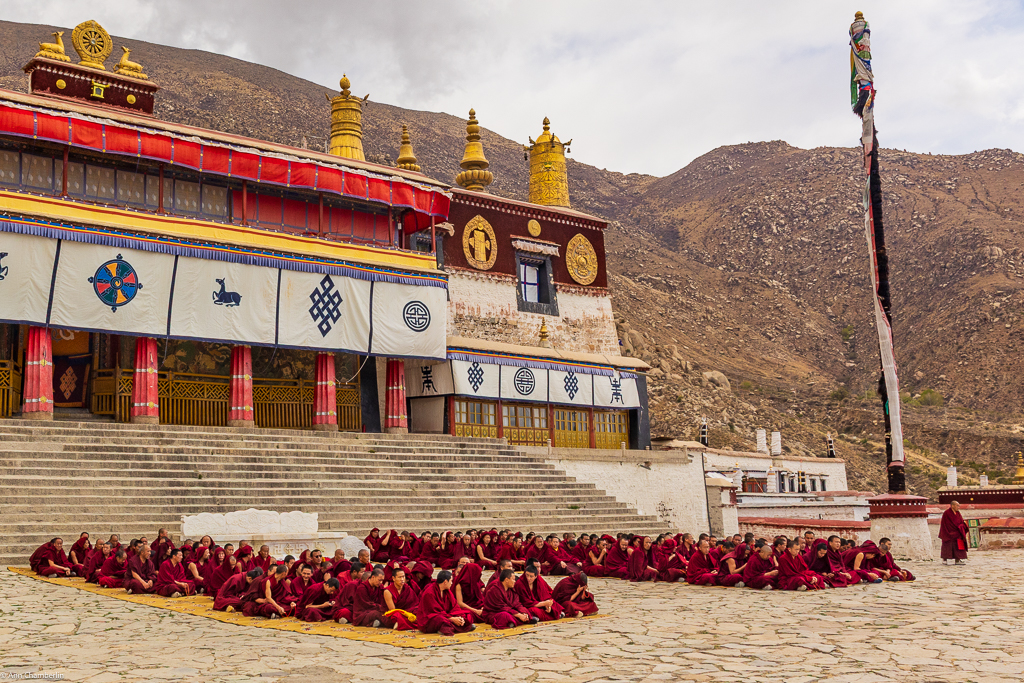
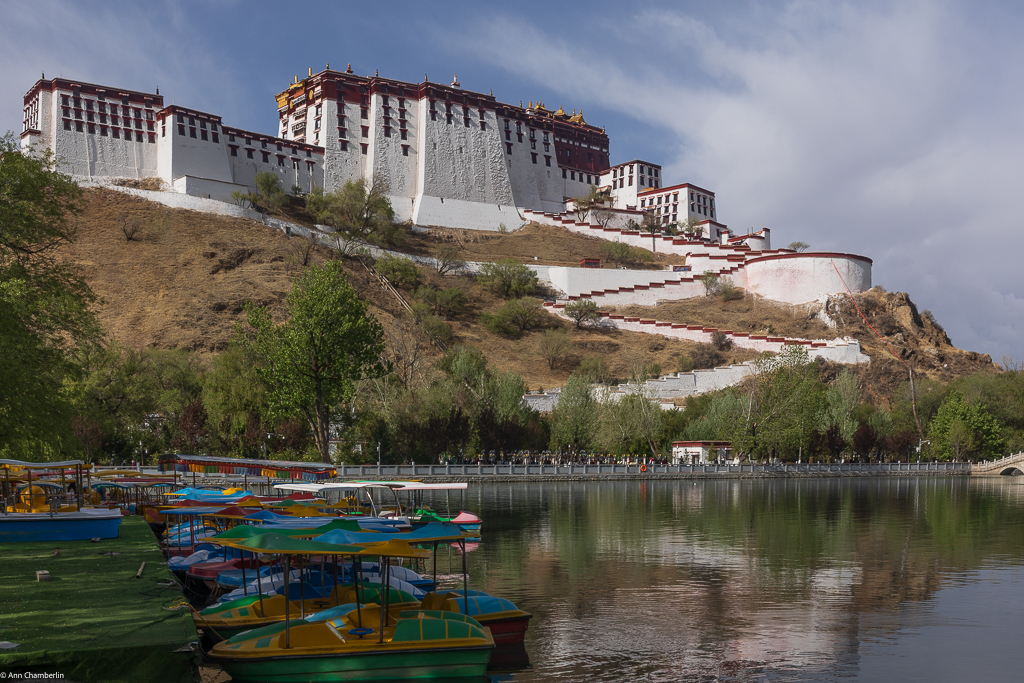
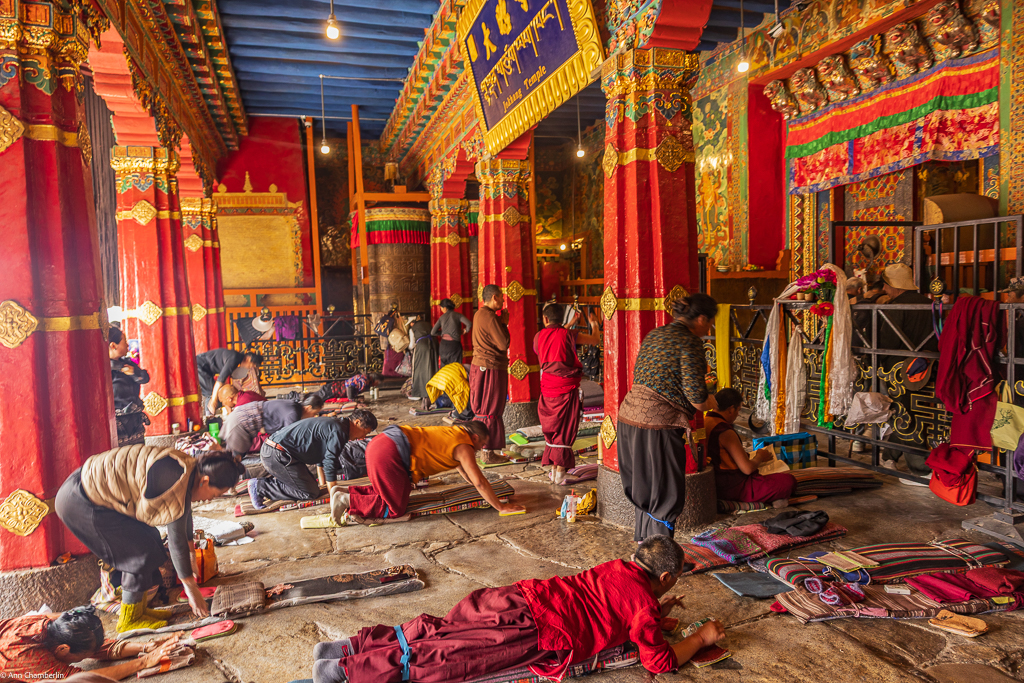
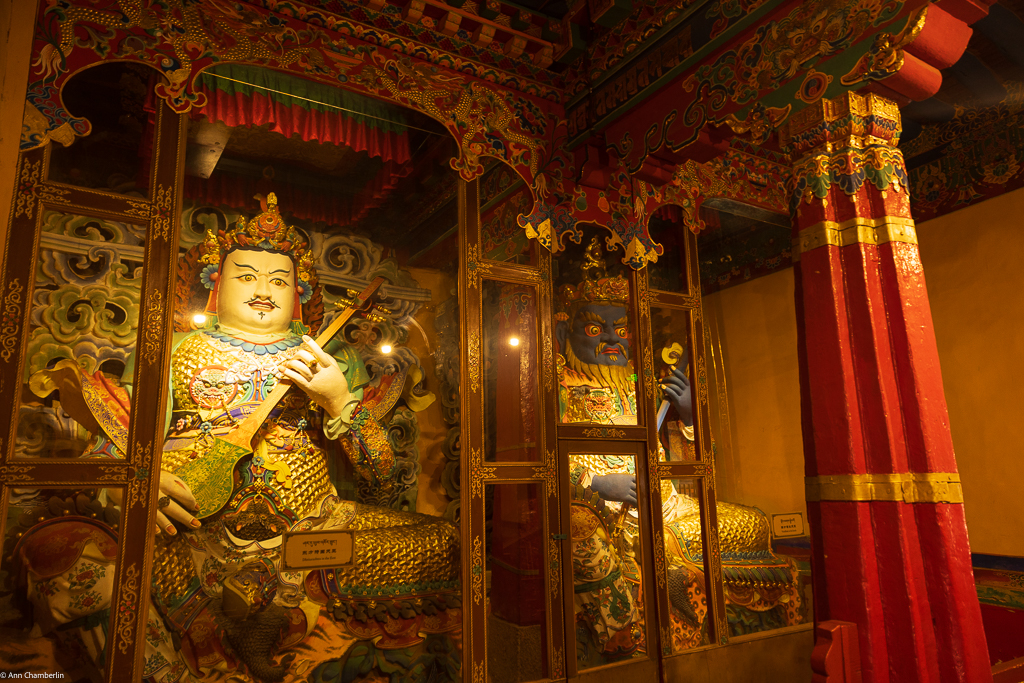
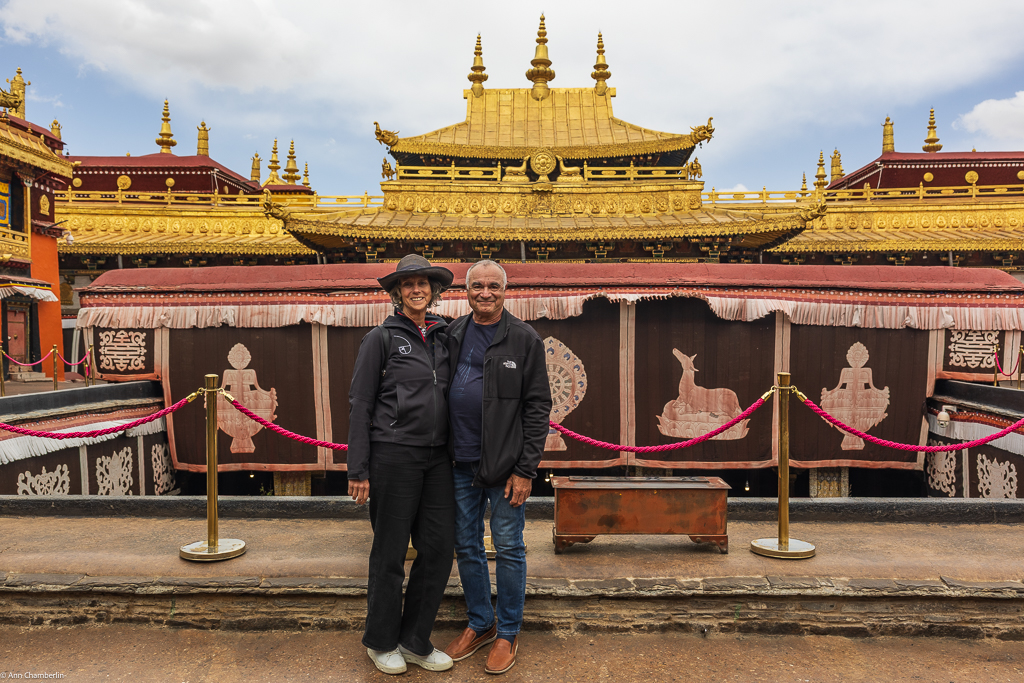
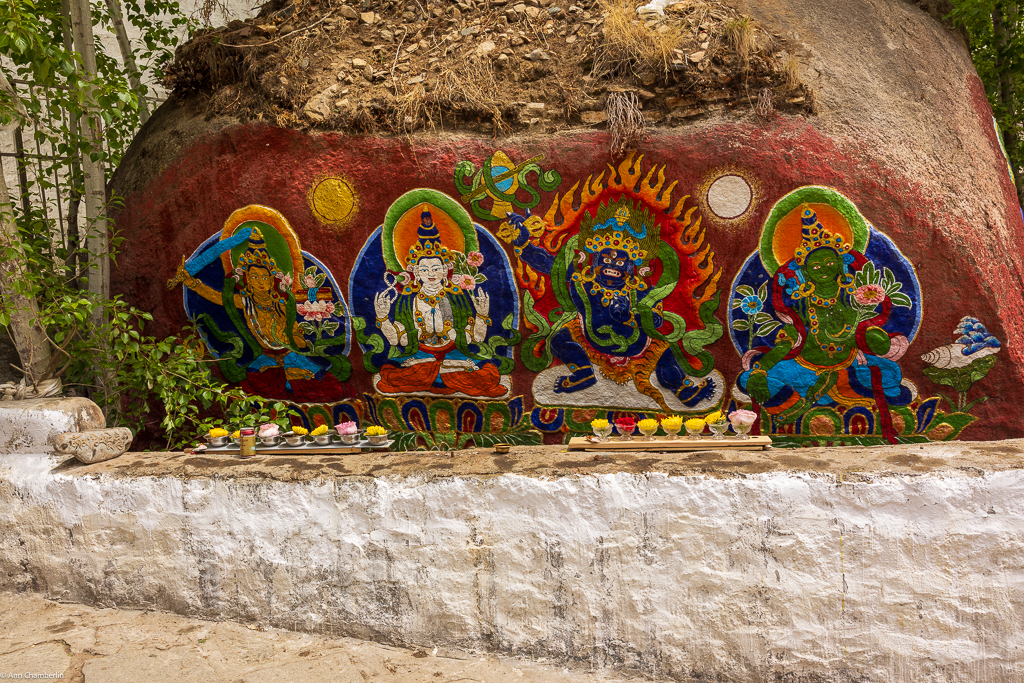
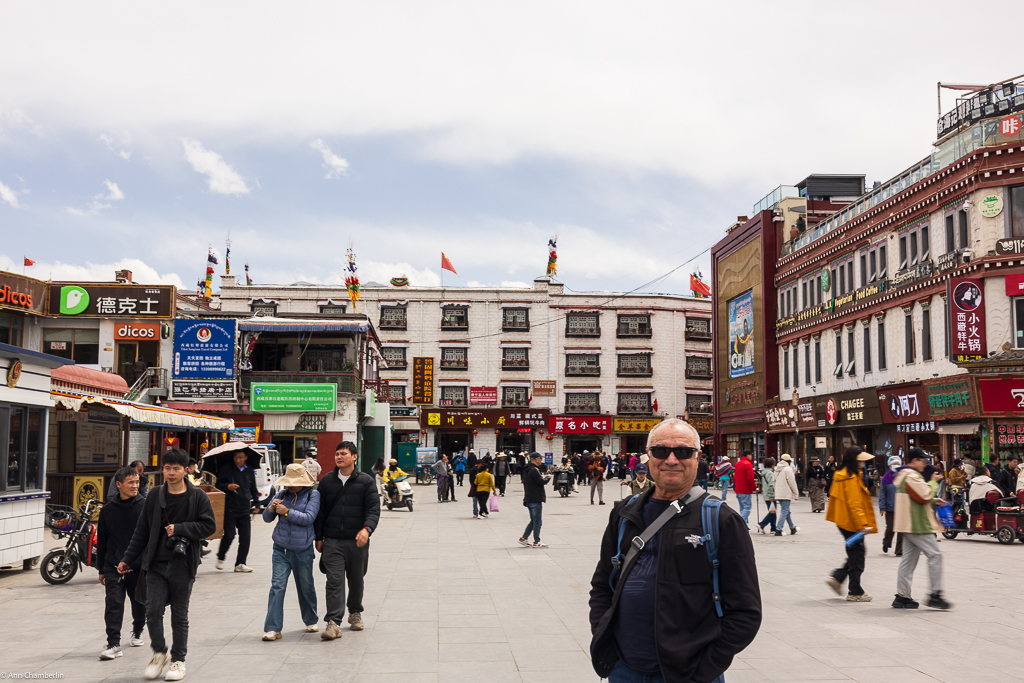
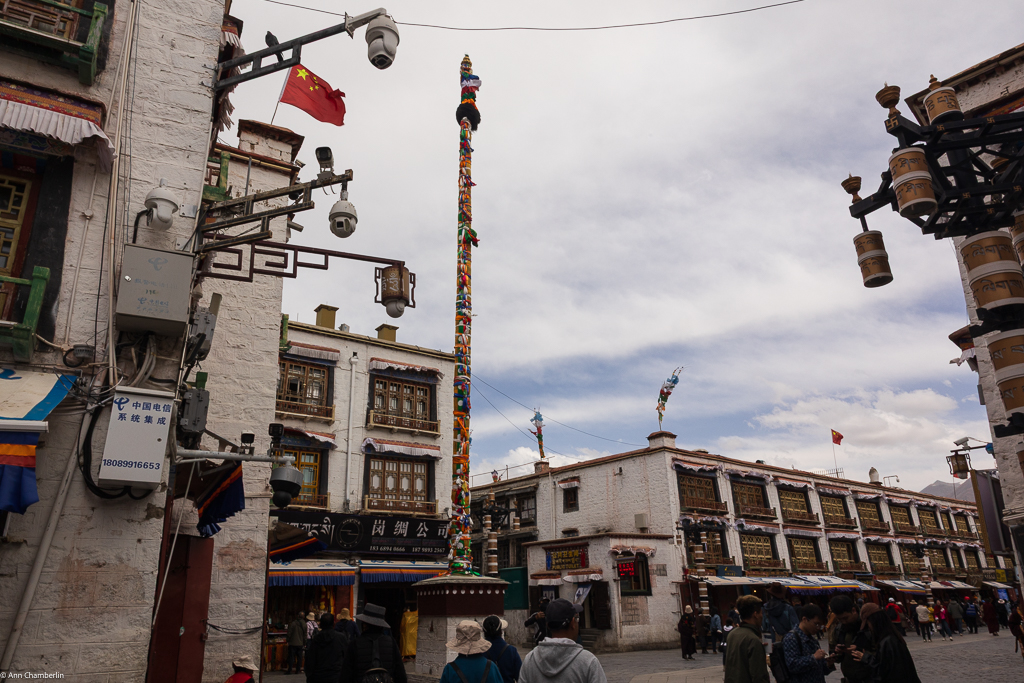
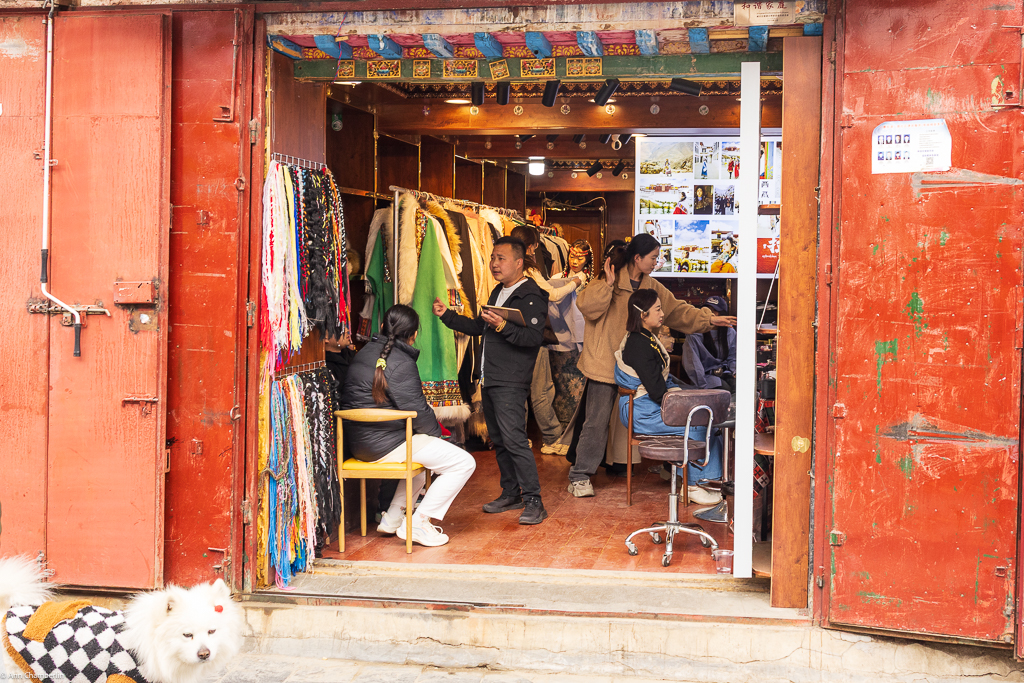
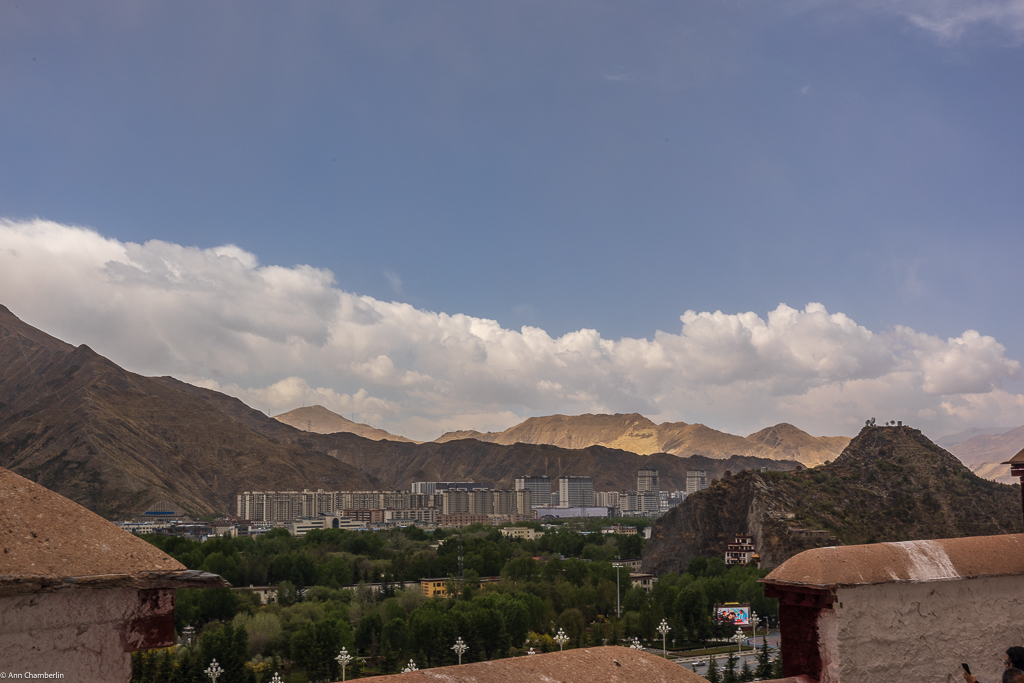
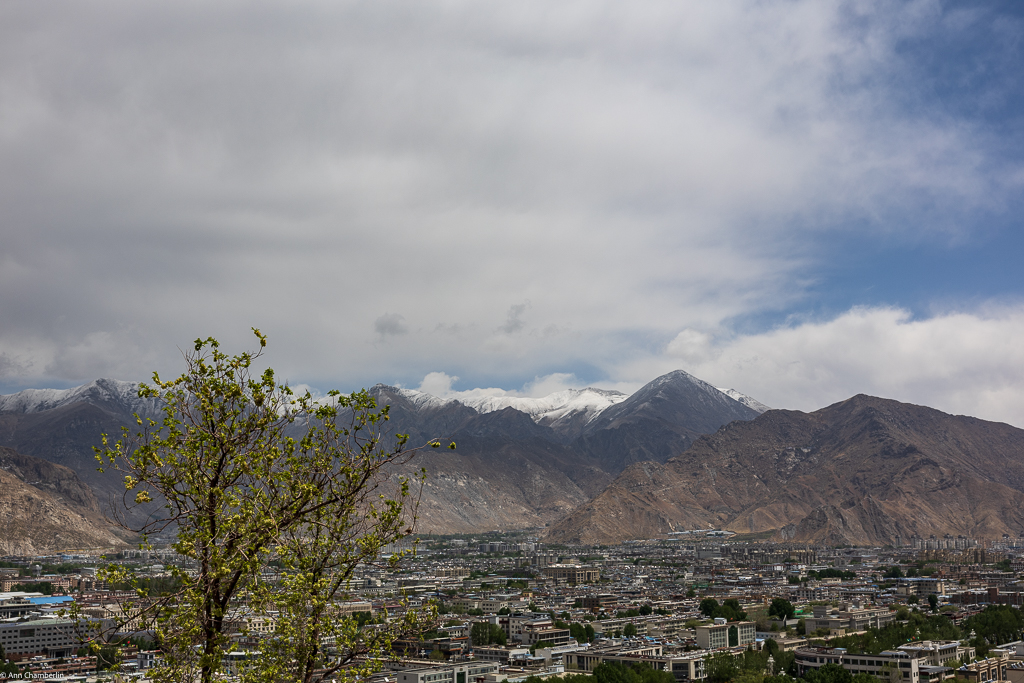
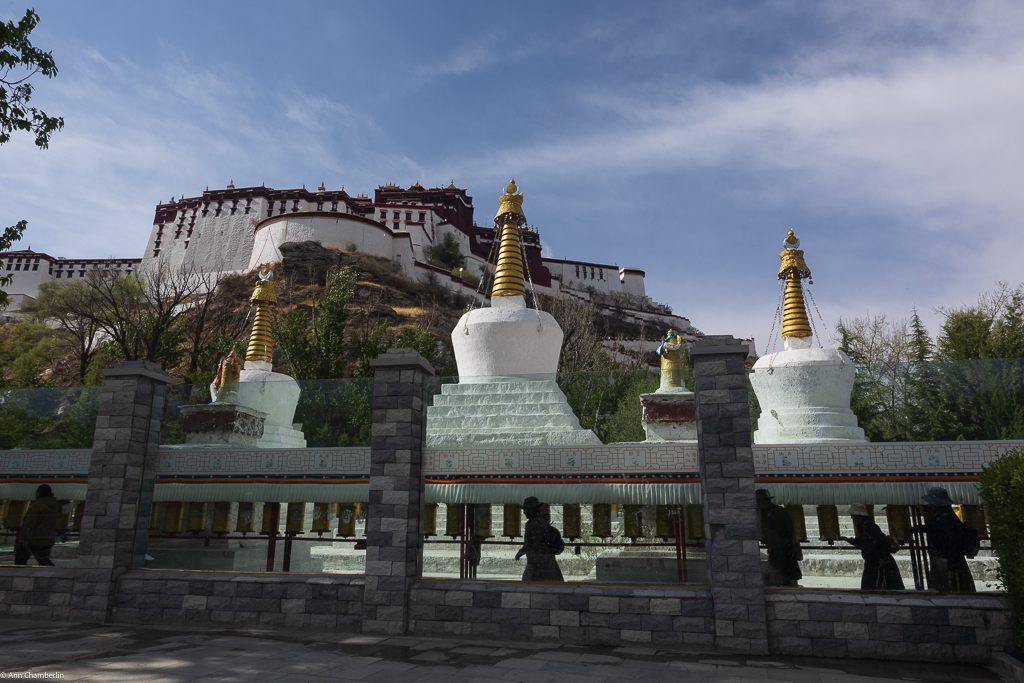
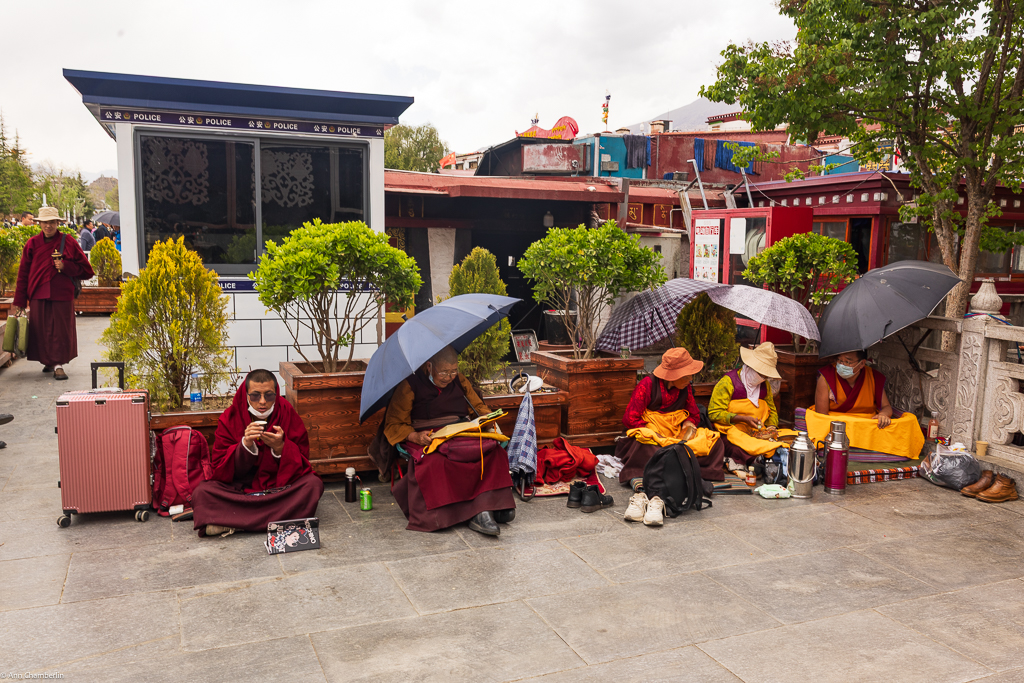
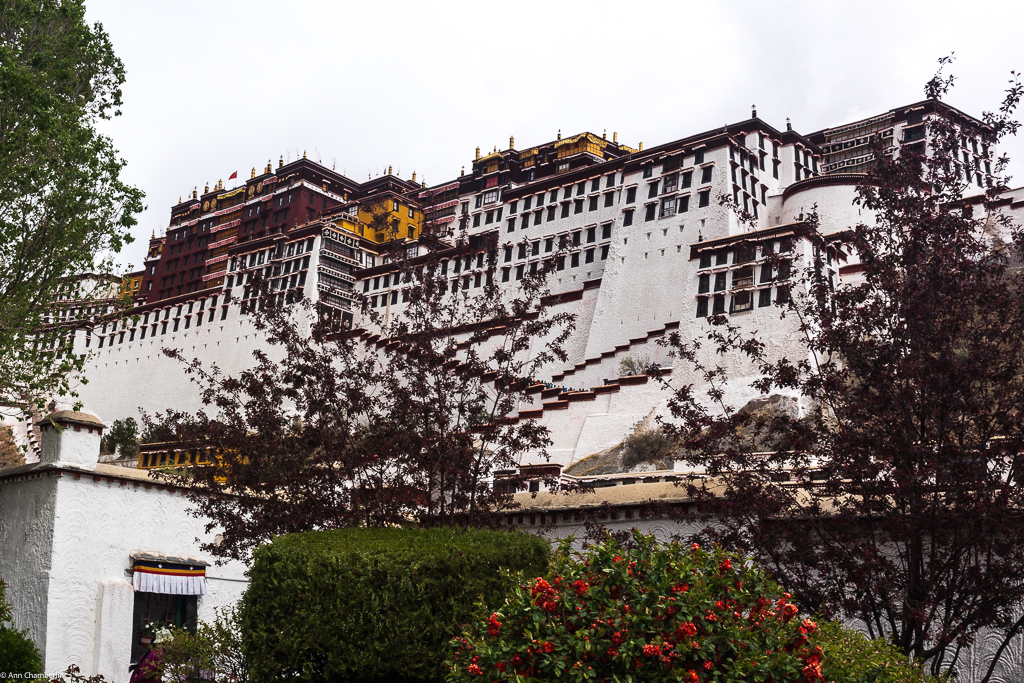
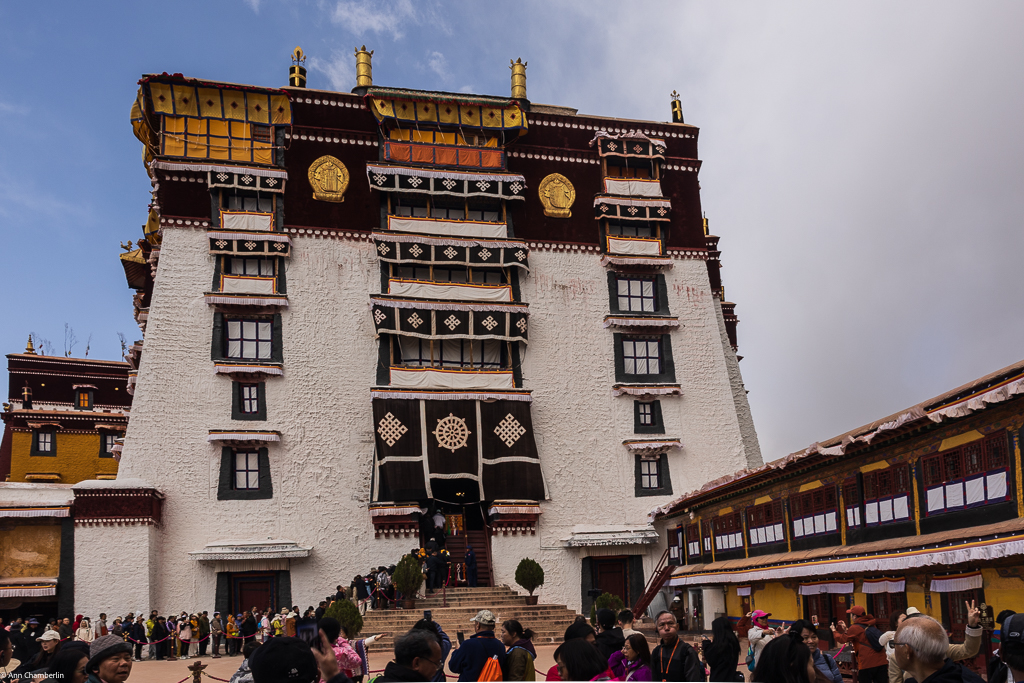
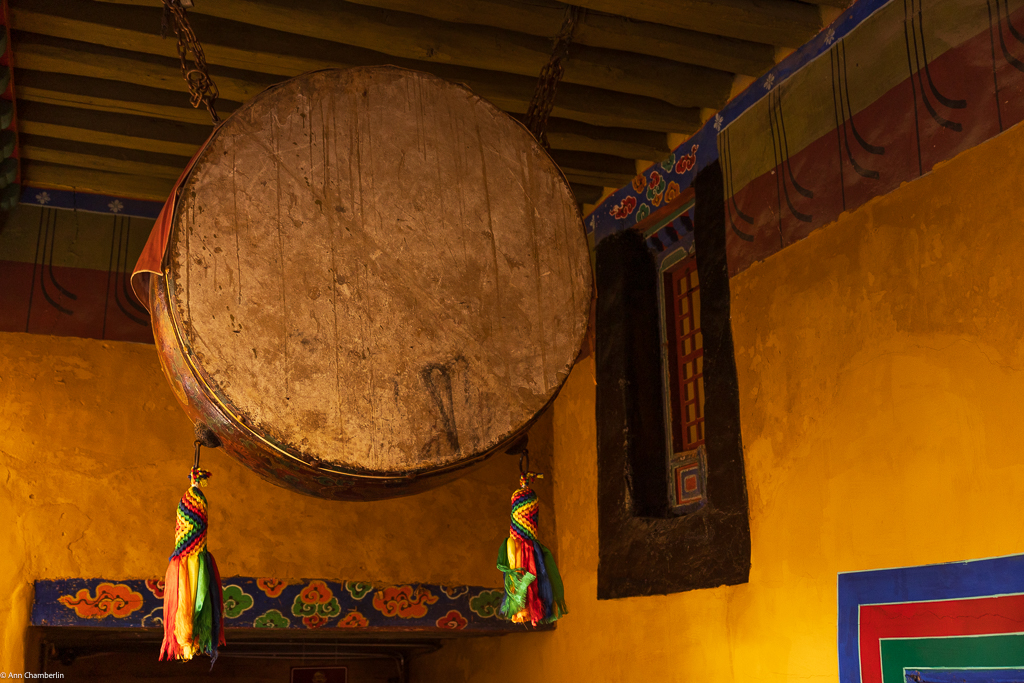
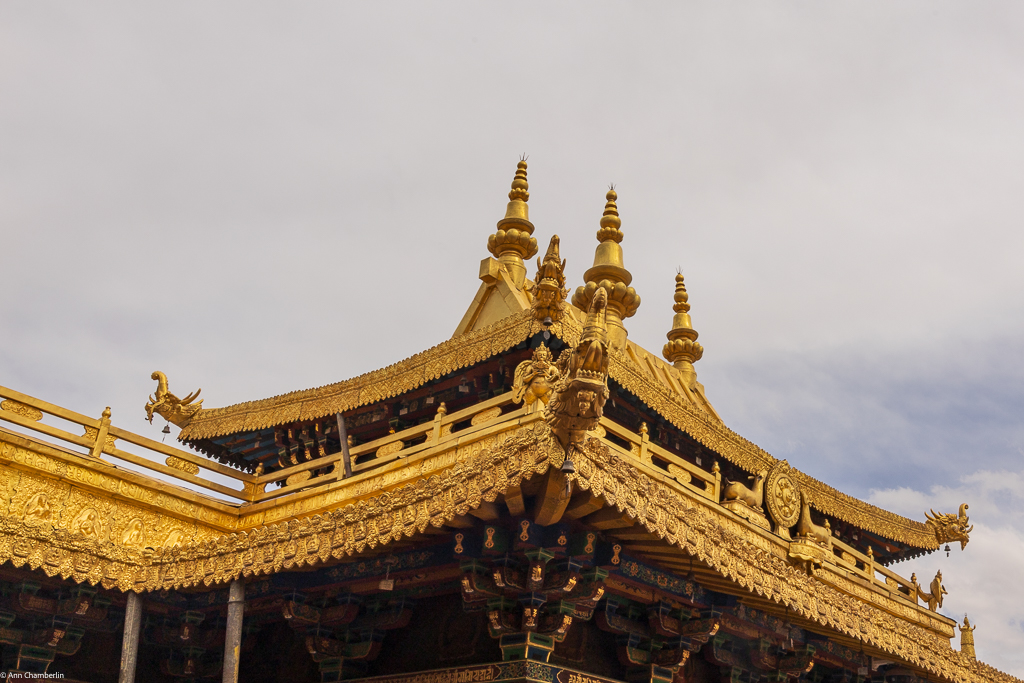
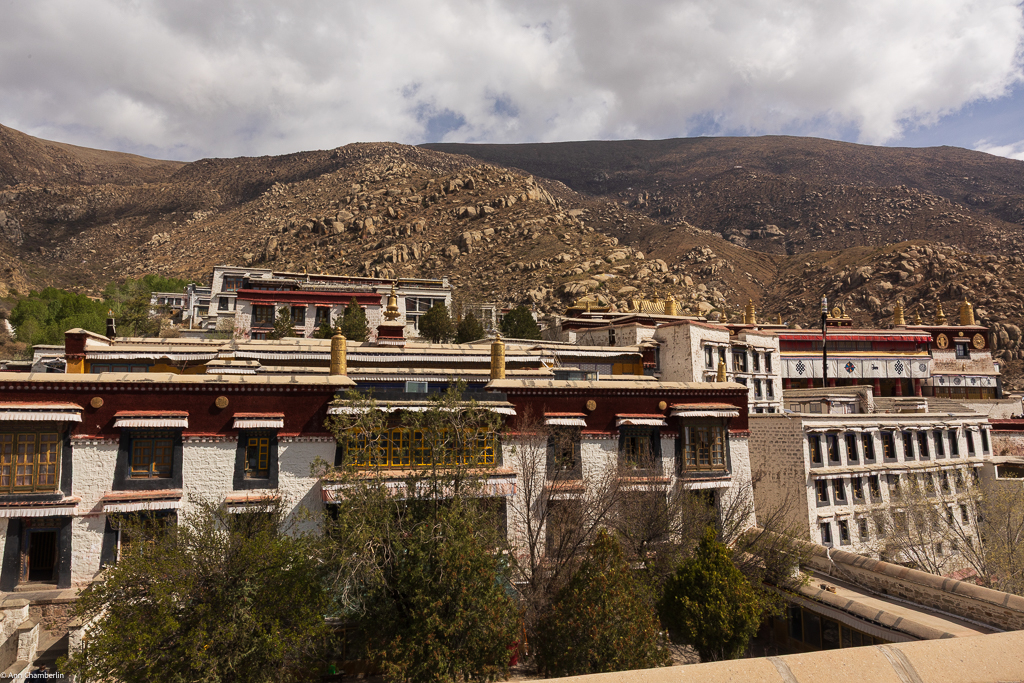
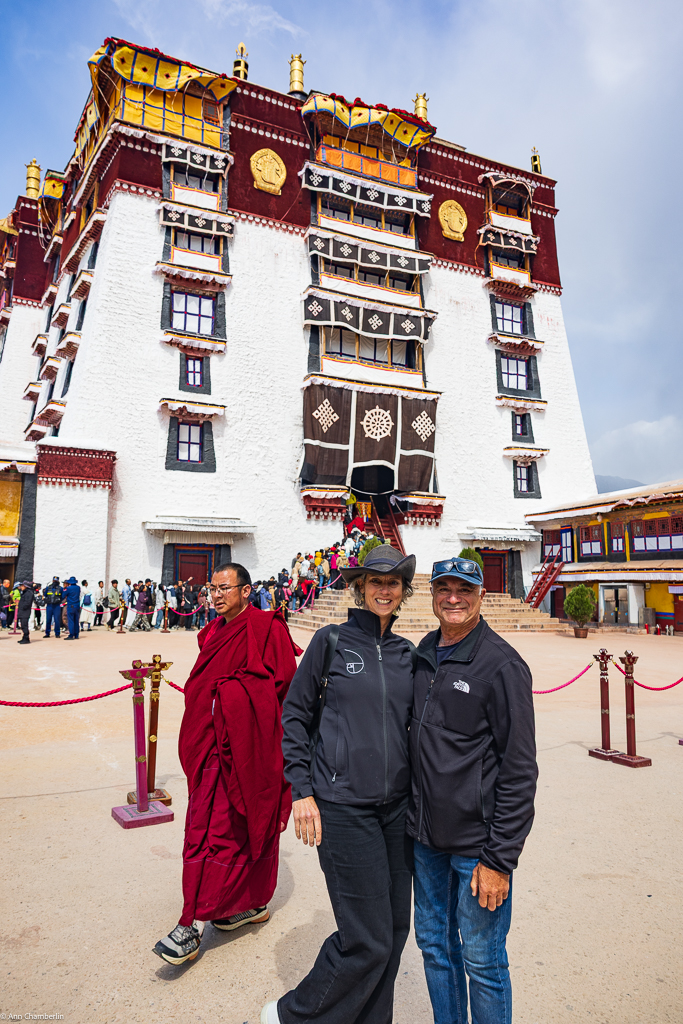

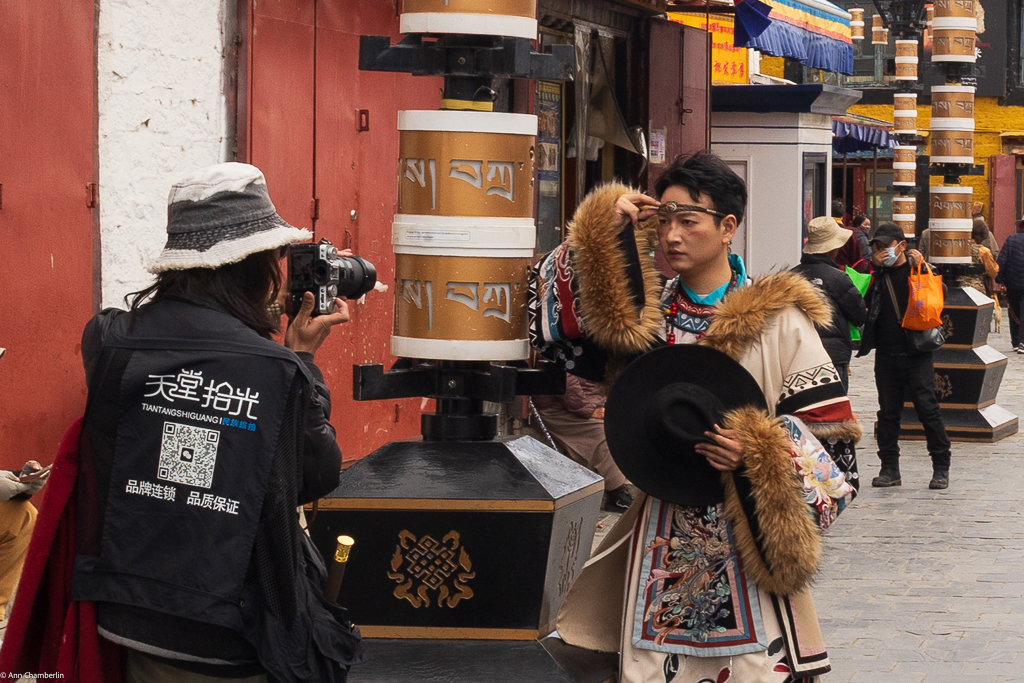
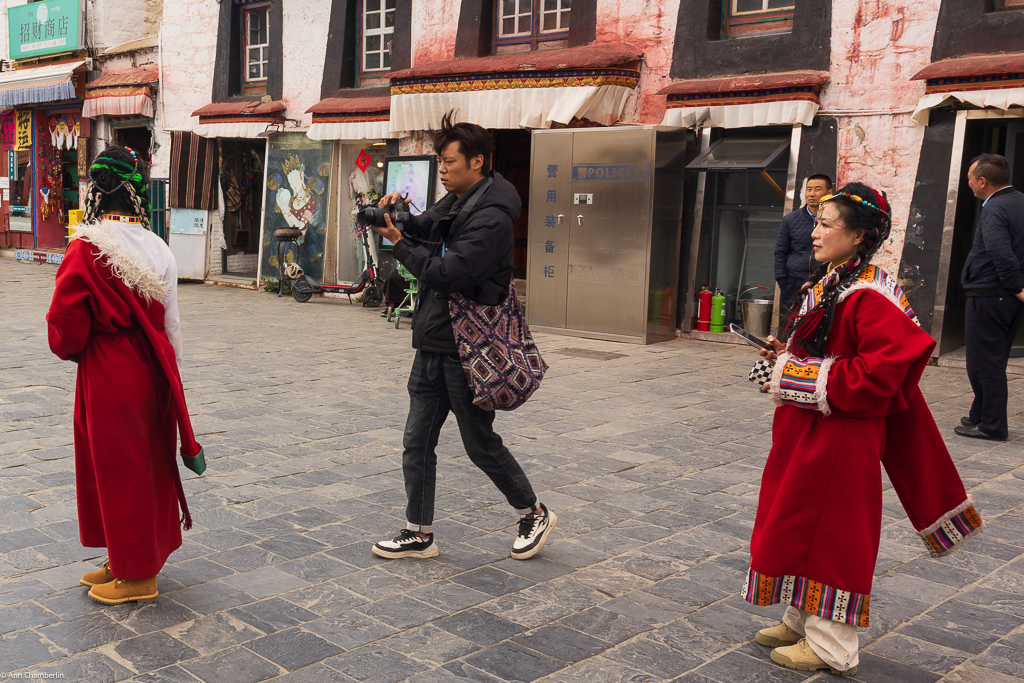
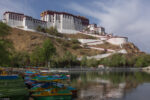
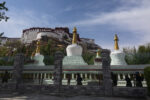
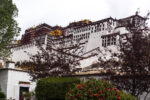
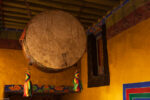
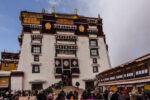
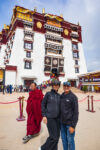
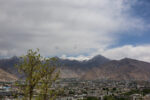
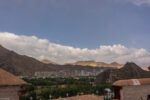
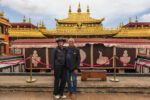
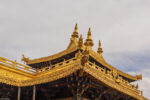
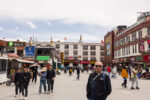
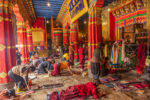
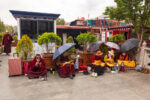

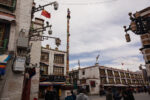
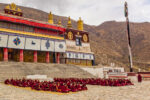
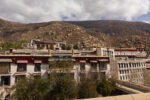
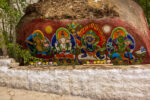
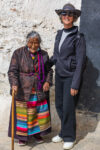
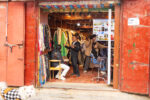
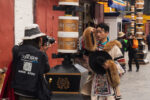
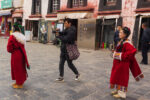
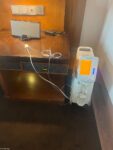

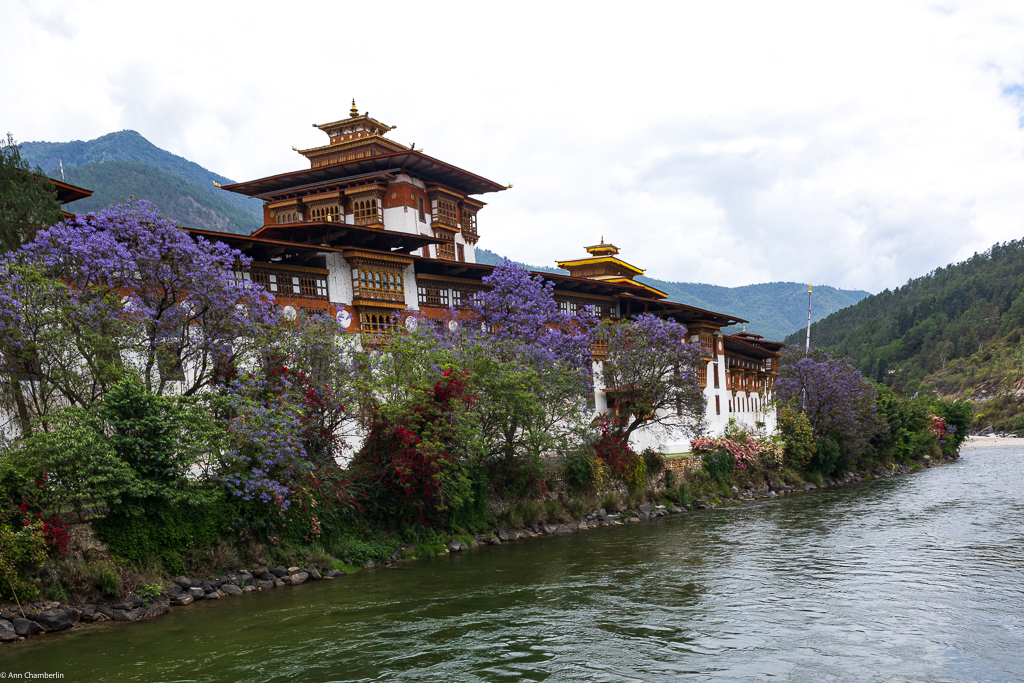
gail
Love reading your comments – so infomrative